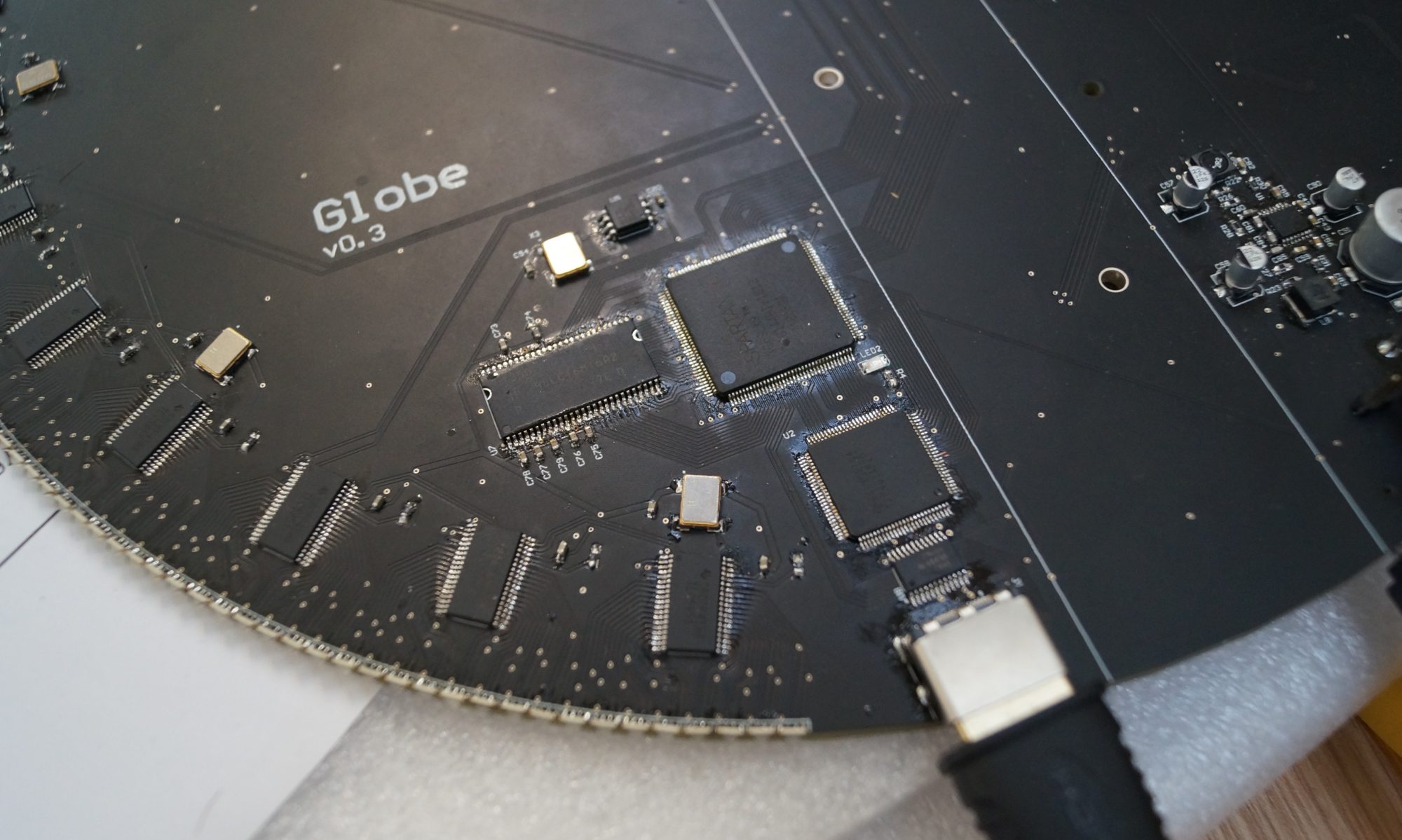The sliprings I bought for this project have 4 power lines (10A each) and 14 data lines. HDMI cables consist of 4 shielded differential pair signal traces (3 data, 1 clock), I2C (clk and data), 5V, GND, CEC, hotplug detect and in some cases ethernet, along with a bunch of shielding. Of these I am actually only interested in the differential pairs, I2C, hotplug and shielding. This means that the total number of the data lines of my slip rings that will be required for HDMI will be 11.
Standard USB cables consist of a differential pair for communication, 5V and GND. Of these I am only interested in the differential pairs and GND, taking up a further 3 of my 14.
DIY
The differential pairs must be twisted together (so that any electromagnetic interference is equally applied to both and cancelled out on the receiving end), wrapped in foil with a drain wire to provide shielding between them and other signals.
The I2C wires and the HPD can be left exposed but then all the HDMI cables must be encapsulated in braided copper, similarly for the USB to try to eliminate as much EMI as possible. A well made HDMI cable can reach lengths of 30 meters (possibly even more), mine only has to manage about 50cm, so fingers crossed even my bodged together cables work. I am still a little unsure how well the data is going to make it across the slip rings…only testing will tell. In the worst case scenario I always have space on the PCB to mount a Pi and run cables from this over.
One thing I did find surprisingly difficult was getting hold of HDMI connector shells. While I was able to find a mini USB shell fairly easily, and I was able to find a solderable HDMI male connector, finding a shell to encapsulate it was next to impossible (which is fair enough really, why the hell would anyone want to DIY an HDMI cable?). In the end I found one on Aliexpress, but it is made of metal rather than plastic and fairly bulky; probably not the best thing to be hanging off the bottom of a board spinning at 12 rps, so I am undecided whether to use it or not.
Splice
The alternative to making my own shielded cables is to buy pre-made cables, cut them, expose the internal wires and splice them onto the cables already present on the slip ring assembly. This would mean that the cables will be thinner, with shielding already in place so less concerns about signal integrity. I am slightly reluctant to try this method because it requires cutting the slip ring cables, if this method then doesn’t work it rules out attempting the DIY method.
